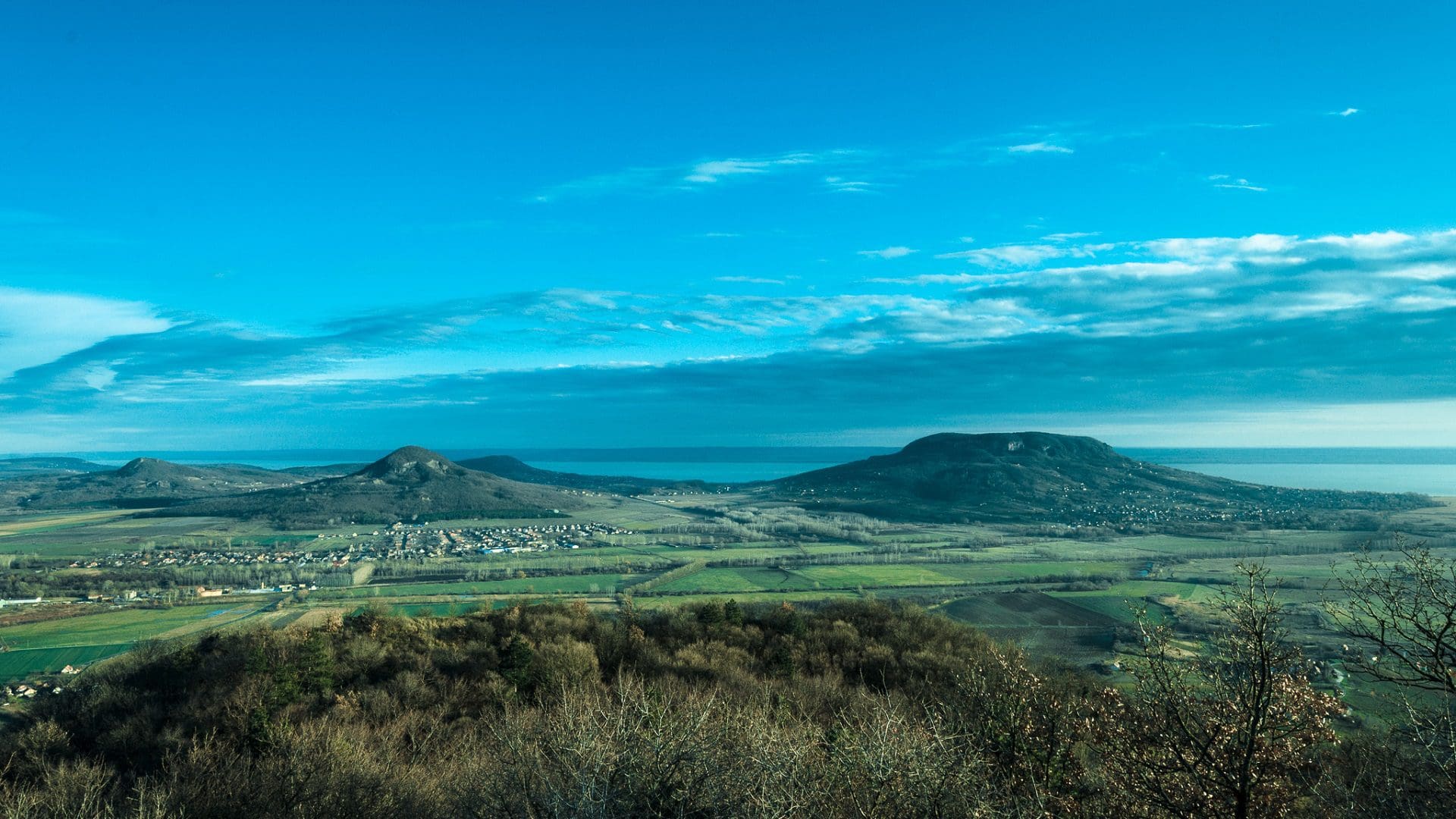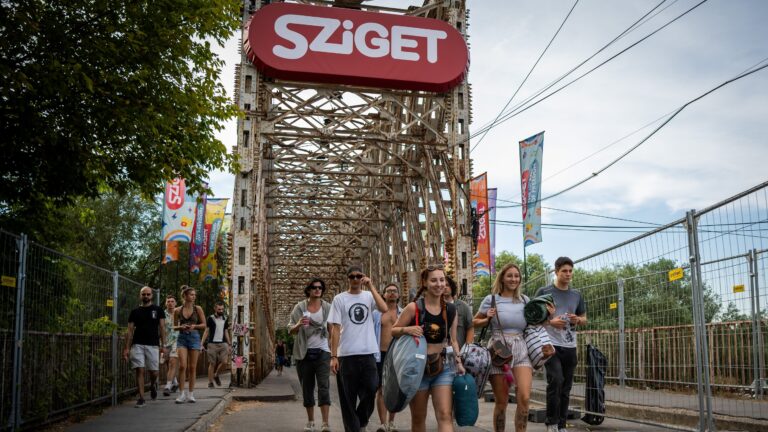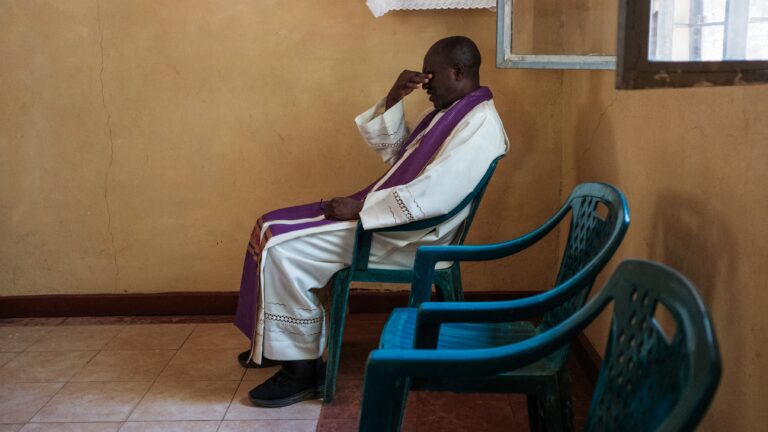‘The most beautiful part of Szala [Zala County], and indeed of our entire homeland, is the so-called Balaton region. Here, the many isolated mountains emerge from the plains, which are almost rectangular at times, then spheric, then spiky; and the gorgeous forests or vineyards covering them, the splendid taverns; the old, crumbling castles crowning the hilltops; the magnificent views of Lake Balaton and the environs from there; the diligently cultivated ploughlands; and the densely scattered pretty villages; all these, as I said, together form a landscape so charming and pleasing that they stand comparison with the inspiring sceneries of Italy.’
That is how Elek Fényes, a great Hungarian traveller of the late 19th century, described the North shore of Lake Balaton and the mountains and valleys lying behind it, at the dawn of Romanticism. Just as the great Western nations discovered the natural beauties of their homelands around this time, from the Scots to the French, from the Irish to the Germans, it was also then that Hungarians, too were finding out about the wonders of the Carpathian Basin. Hungarians have been admiring the Balaton Uplands ever since.
Many call the Balaton Uplands the Little Tuscany or the Provence of Hungary—but this of course is an oversimplification, a superficial comparison.
While one may indeed find similarities, the Balaton Uplands is more than that:
it is the essential Hungarian landscape,
not counting, of course, the endless lowlands of the Great Hungarian Plain, the other landmark cultural region of Hungary.
Local patriots can of course clash over which they think ‘the most Hungarian’ landscape is. The author of these lines grew up near Lake Balaton, in the middle of Transdanubia, so his heart is very much telling him it is the Balaton Uplands. And hundreds of thousands of domestic tourists and thousands of summer home owners share similar sentiments: they all gladly visit this friendly, hilly area filled with cultural treasures at any time of the year.
Kál—this was the name of the Magyar chief who settled in the area with his tribe, and this is where the geographical name Káli Basin comes from as well. The basin, along with its nearby forest, now has a National Park status. Chief Kál, evidently, did not settle in the region for its natural beauty. He did so because he found a place of residence the path to which was blocked by Lake Balaton from the South, and could be well protected also thanks to the volcanic mountains surrounding it.
The centuries passed: the Hungarians converted to Christianity, founded a state, villages took shape, the lands and hillsides started to be cultivated. Viticulture emerged as well, which is now inseparable from the Balaton Uplands. Later this region suffered from the Turk occupation, too, when the middle parts of the Kingdom of Hungary belonged to the Ottoman Empire in its heyday, while the Habsburg Empire was fighting it from the West, and the Hungarian Princes of Transylvania were trying to save Hungarian culture and statehood for posterity in the East.
After 200 years of warfare, the Balaton Uplands quieted down in the middle of the 18th century, and the cultivated landscape we can be seen today began to form as well. Charming residential houses of the peasantry and the small nobility built from stone, with white façades and gables; tiny, white-steepled Baroque village churches; nicely maintained vineyards, forests, and natural steppes, stork families nesting on the top of poles, and magnificent Hungarian grey cattle grazing peacefully.
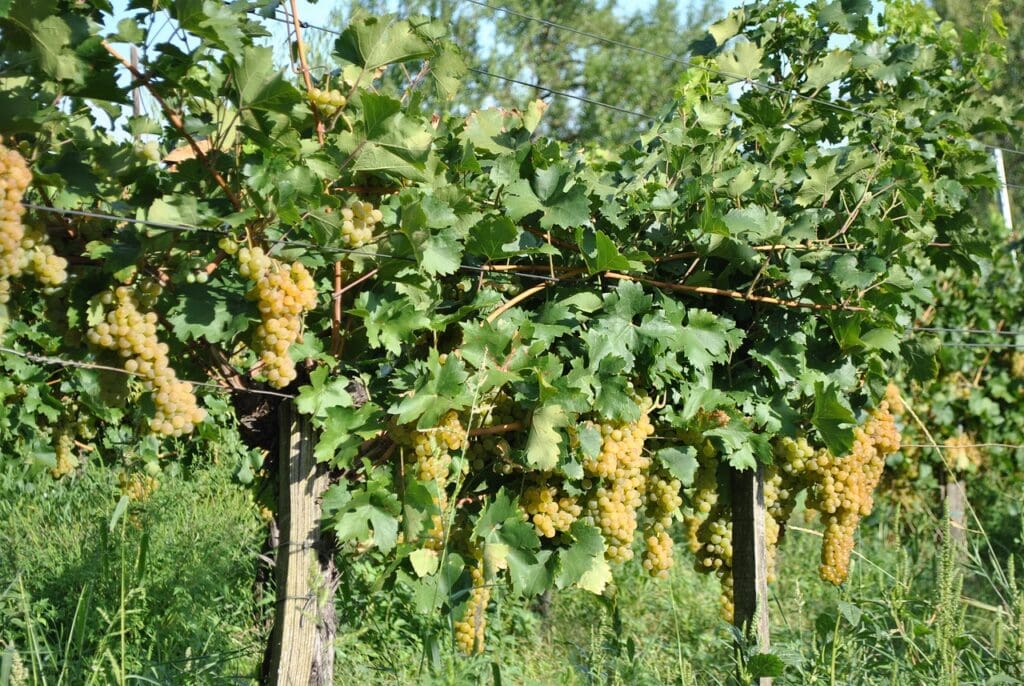
It would be hard to even just enumerate the most beautiful landmarks. The Tihany Peninsula protruding into Lake Balaton, with its thousand-year-old Abbey, is one of the ancient nests of Hungarian culture. The Deed of Foundation of the Abbey, issued by King Andrew I of Hungary in 1055, contains the very first sentence ever written in Hungarian, something every Hungarian student is supposed to know: ‘feheruuaru rea meneh hodu utu rea’ (‘Fehérvárra menő hadi útra’ in modern Hungarian, meaning ‘onto the military road leading to [Székes]Fehérvár’).
Aside from Tihany, it is also worth taking a trip beyond the hills standing tall over Lake Balaton: the winding roads on those hills are the most beautiful you can drive a car on in Hungary and which will take you through the local villages. The village of Pécsely used to be inhabited by minor nobility. Its gorgeous 18th–19th-century residencies compete with each other in beauty along the streets. Nearby Dörgicse is made up of multiple old settlements. The ruins of several medieval churches can be found here, from which great views open onto Lake Balaton. To the West is the Nivegy Valley, where five villages are located within an earshot of each other, surrounded by first-grade white wine vineyards.
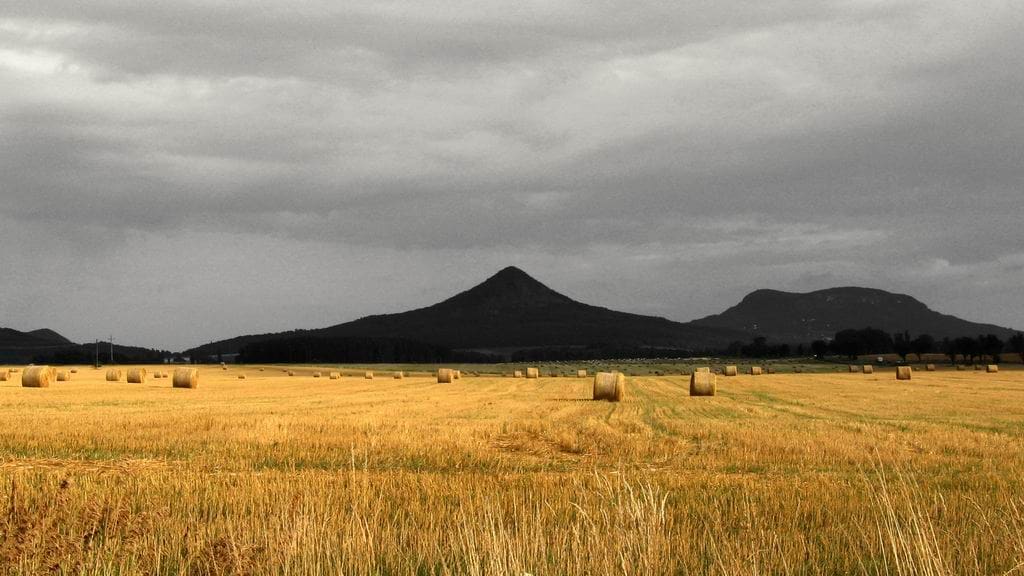
If we continue from there, we can make our way to the Káli Basin, a real pilgrimage site for Hungarian cultural travellers. The village of Köveskál is a spot for top culinary experiences. There are several restaurants there which you may only get in through multi-day, or even week-long waitlists. However, even just by walking around the villages of the Káli Basin one can get reinvigorated by the sight of the picturesque streets and the beautiful natural environment.
If we travel further on, we get to the volcanic mountains that would make a great set for fantasy films: Badacsony, Gulács, Csobánc, Saint George Hill, and others are towering over one walking in the Tapolcai Basin like strange giants. On the slopes of these hills, vineyards, old wine press houses, and mountain chapels can be found, one after the other. Above them are forests. No matter from where you look at it, the sight of these so-called ‘buttes’, former volcanoes inhabited by people now, is something you cannot get enough of.
The Balaton Uplands are not just about certain outstanding landmarks. Nature and man-built heritage, human presence and the realm of flora and fauna, form one great, appealing picture together.
From valley to valley, from the shores of Lake Balaton to the deep forests of the Bakony Mountains, there is a scenery begging to be painted on a canvas at every turn.
However, we must fight to protect all this. Under communism, these villages were deemed unsustainable: they were doomed to a fate of slow erosion. While the youth were moving to large towns and industrial regions, only the elderly stayed in their home villages. This process played out to some extent in Western and Eastern Europe, too, as well as in the United States. But the Eastern-European Communist regimes were actively pushing to break apart the conservative rural communities not open to their ideology.
The beauty of the Balaton Uplands, however, quickly opened everyone’s eyes. One of the first intellectual movements critical of the regime was organised to preserve the heritage of this very region. Many professionals, originally from Budapest, but finding a second home here, joined forces as early as the 1970s to rescue the precious local heritage. One of their leaders was a man named Győző Somogyi. The painter, who painted Balaton Uplands landscapes in a unique style, is living in one of these villages to this day, in Salföld, in a beautifully renovated countryside home. As a testament to his dedication, not only does he paint, but he keeps livestock as well. He herds his sheep to the meadows everyday, he keeps horses, too, and, as a tradition-keeping hussar, he makes appearances at heritage-preserving events as well.
in addition, this region also unites the conservative and liberal intelligentsia of Hungary as much as that is even possible.
Whoever is not completely put off by anything rooted in Hungarian traditions can find a home and tranquillity here. Breaking out of the crazy, tense everyday life of Budapest, time seems to slow down here. We can return to a different, conservative mindset, and we can put down our roots in this land: for a hike, for a holiday—or even forever.
Károly Eötvös, the great Hungarian conservative liberal politician and essayist wrote about this landscape thus:
‘I stopped as if rooted to the spot. Some kind of involuntary exclamation left my lips. Then I just watched, watched, with a fixed gaze. My soul was captured by awe, joy, inspiration, an indescribable feeling. I had never even dreamt of such beauty. I had never seen, heard, or read about charm comparable to this. Hilltops with shining brows, vineyards on hills glowing in green, the black spots of forests, green meadows, golden fields of crops, a hundred villages, a thousand mountain shelters, taverns, mills, colonnades of trees on the side of the roads, creeks, canals, high crags, white houses, eroded but still shining castle ruins, the sincere majesty of Saint George Hill and the Badacsony. As if Lake Balaton was laughing with me, as if the reeds were whispering to me, and, at the far-away ends of my sight, the sweet embrace, the trusting huddle of the sky, land, Bakony, Tihany, and the sea; all this while evading, switching with, chasing, playing with each other, and being further illuminated by the golden shine of the sun setting behind my back: that is the image that captured my soul. All the vital signs of the present, all the shadows of the many centuries of the past, the ancient creations of nature, and the small, pretty things made by the human hand next to each other, together. Is there any other spot as bright as this in the whole wide world?’
This article was translated by Hungarian Conservative.
Related articles:

